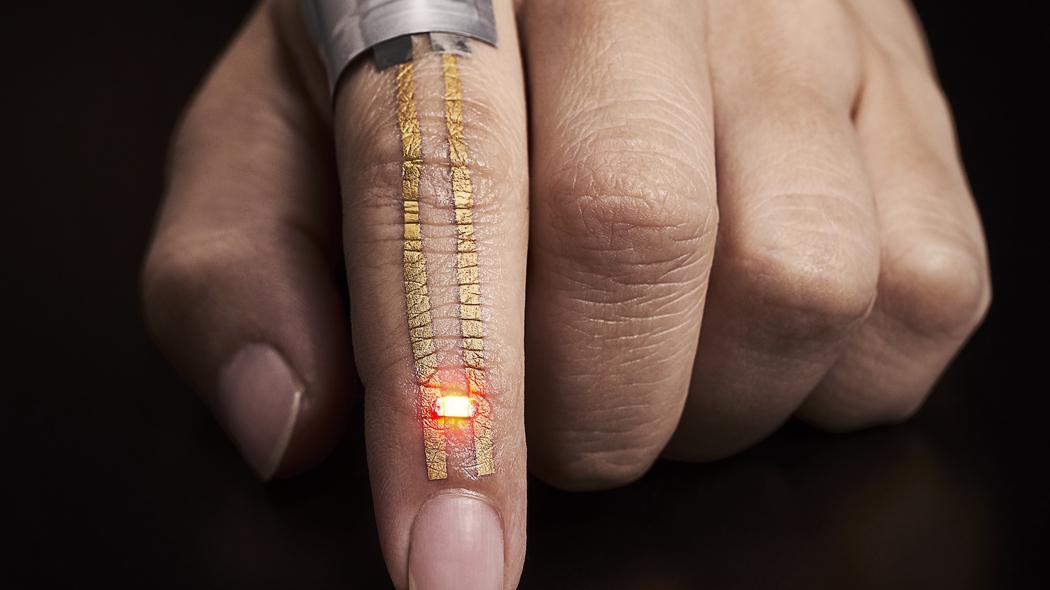William Watterson and Richard Taylor an the University of Oregon are in the early stages of developing fractal-shaped electrodes for use as retinal implants to restore sight. They believe that the square shape of previous...
Monthly Archives: July 2017
Alzheimer’s diagnosis disputed in up to 50% of PET study subjects
James Hendrix and Alzheimer’s Association colleagues are conducting a study to see how PET scans could change the nature of Alzheimer’s diagnosis and treatment. 4,000 of 18,000 subjects have been tested to date, with a stunning...
Sensor glove translates sign language, mimics gestures
UCSD’s Timothy O’Connor and Darren Lipomi have developed The Language of Glove — glove that wirelessly translates American Sign Language into text, and controls a virtual hand to mimic sign language gestures. It was...
AI used to study brain blood flow ties to Schizophrenia
Mina Gheiratmand, Serdar Dursun, and University of Alberta colleagues used IBM AI tools to try to identify schizophrenic traits based on a person’s brain blood flow. 95 participant fMRI images of schizophrenia-diagnosed and healthy...
Hypoallergenic, continuous, week-long health wearable
University of Tokyo professor Takao Someya has developed a hypoallergenic, adhesive, continuous health sensor. The device can be worn comfortably for a week because of its nanoscal mesh elastic electrodes. This allows the skin...
Direct brain path for sight, sound via implanted microscope
Rice University’s Jacob Robinson, with Yale and Columbia colleagues, are developing FlatScope — a flat, brain implanted microscope capable of monitoring and triggering neurons modified to be fluorescent when active. While capturing greater detail than...
AI driven, music-triggered brain state therapy for pain, sleep, stress, gait
The Sync Project has developed a novel, music-based, non-pharmaceutical approach to treating pain, sleep, and stress, Parkinson’s gait issues. Recent studies showed Parkinson’s patients improved their gait when listening to a song with the...






